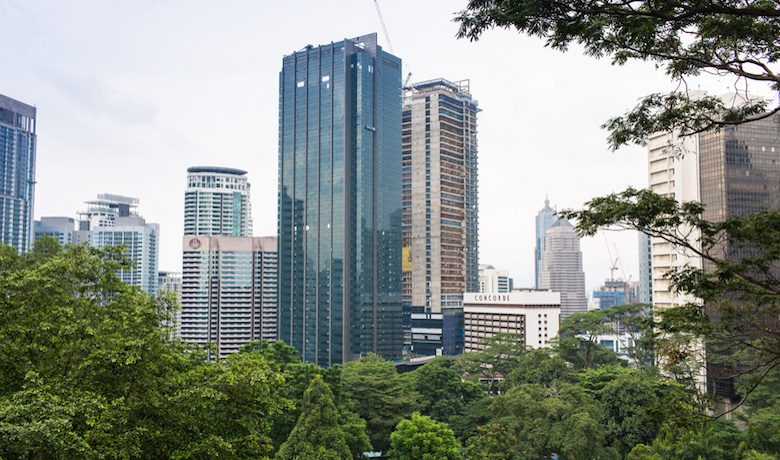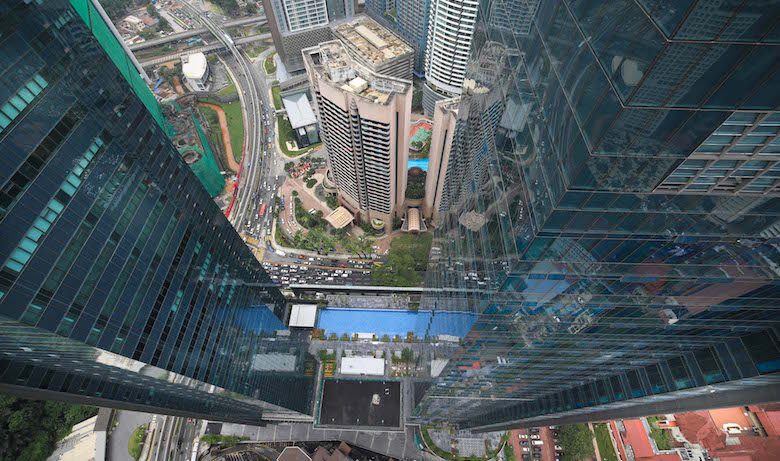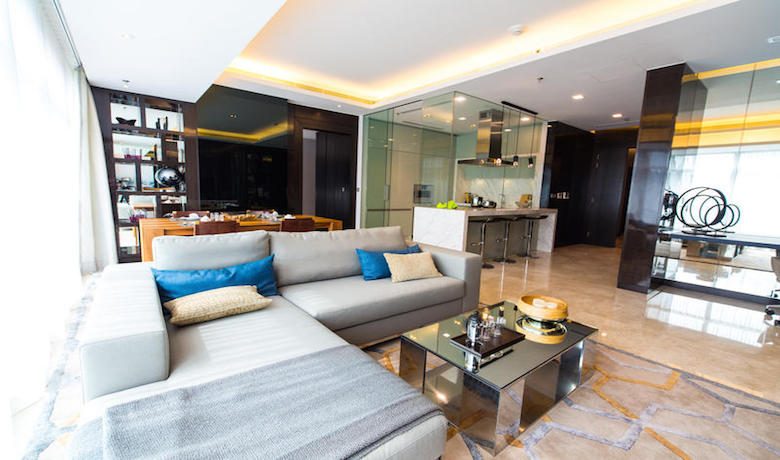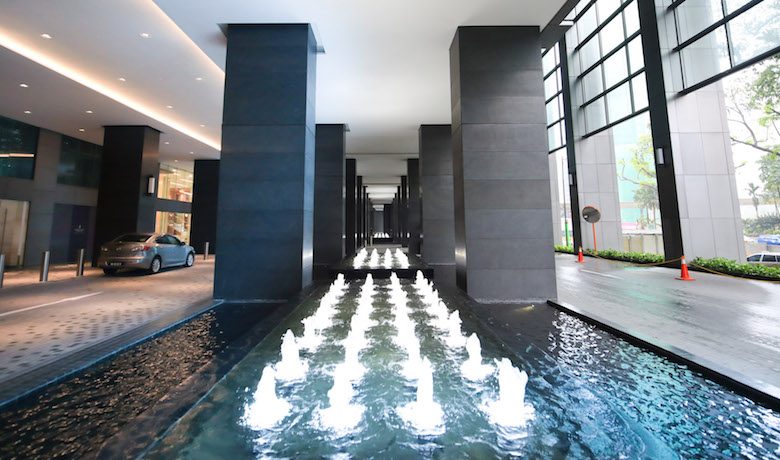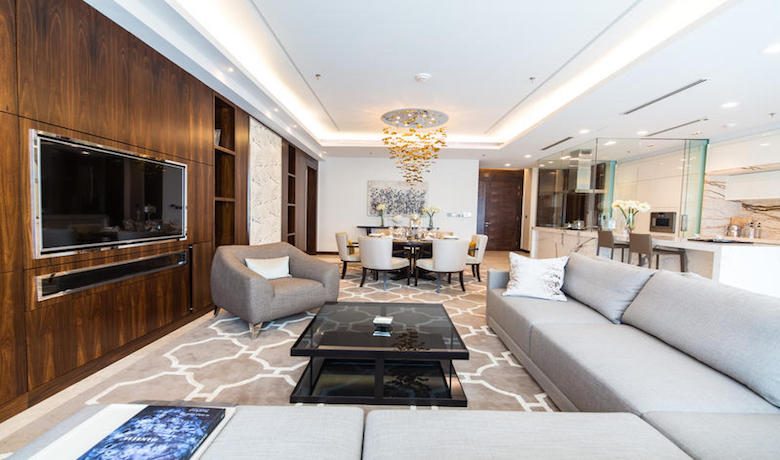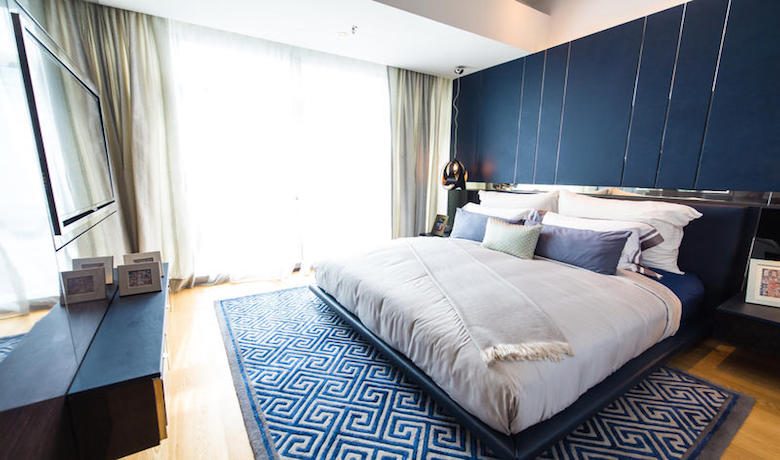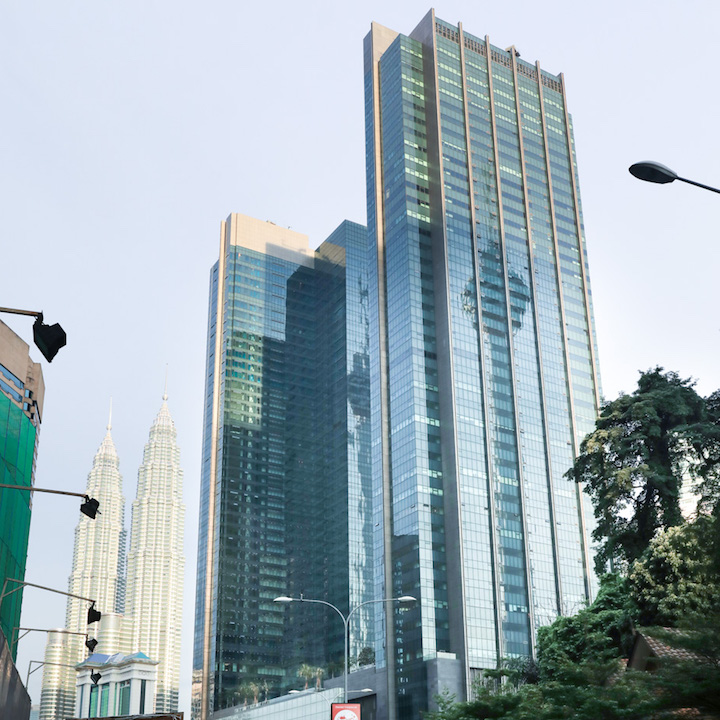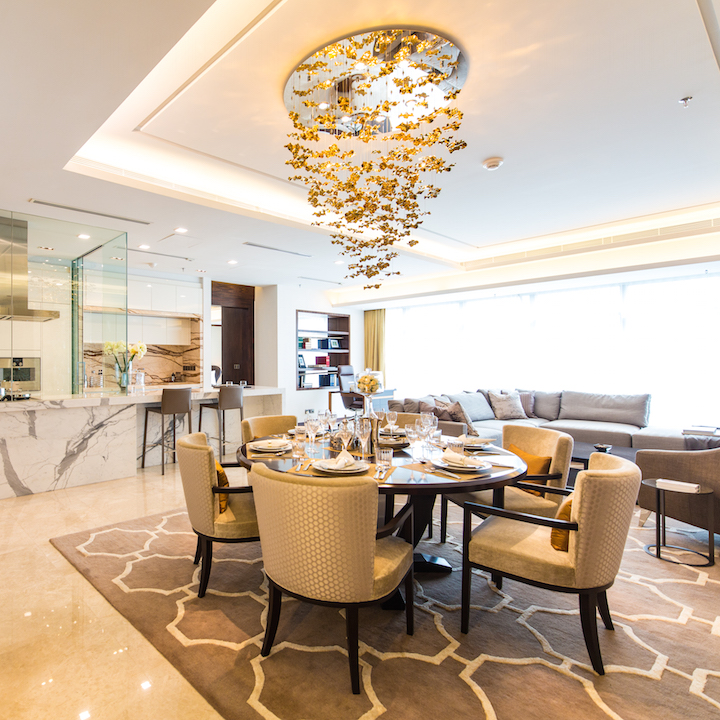BACKGROUND
Since the 1980s, Malaysia has seen strong economic and industrial growth to become one of the most urbanised developing countries. The construction of the Berjaya Central Park tower is a matter of great importance for the country because it is located in the national capital, Kuala Lumpur, which, as the economic and cultural capital of the country, has experienced the greatest urban and economic growth in Southeast Asia.
The construction of this tower is in accordance with the country’s economic development and the need to respond to present and future requirements in accommodation and consumption.


